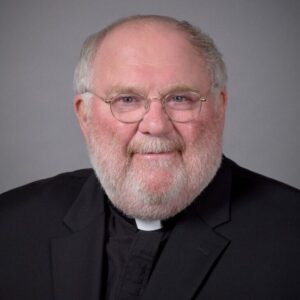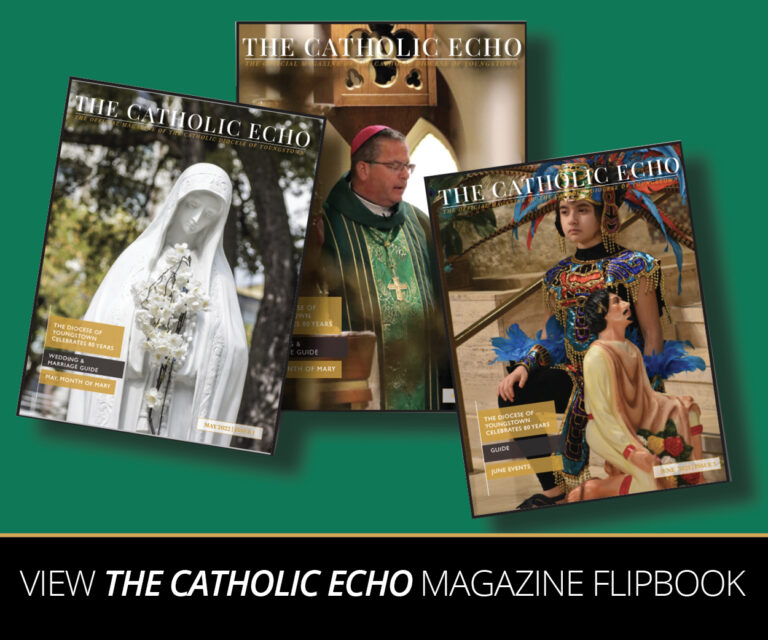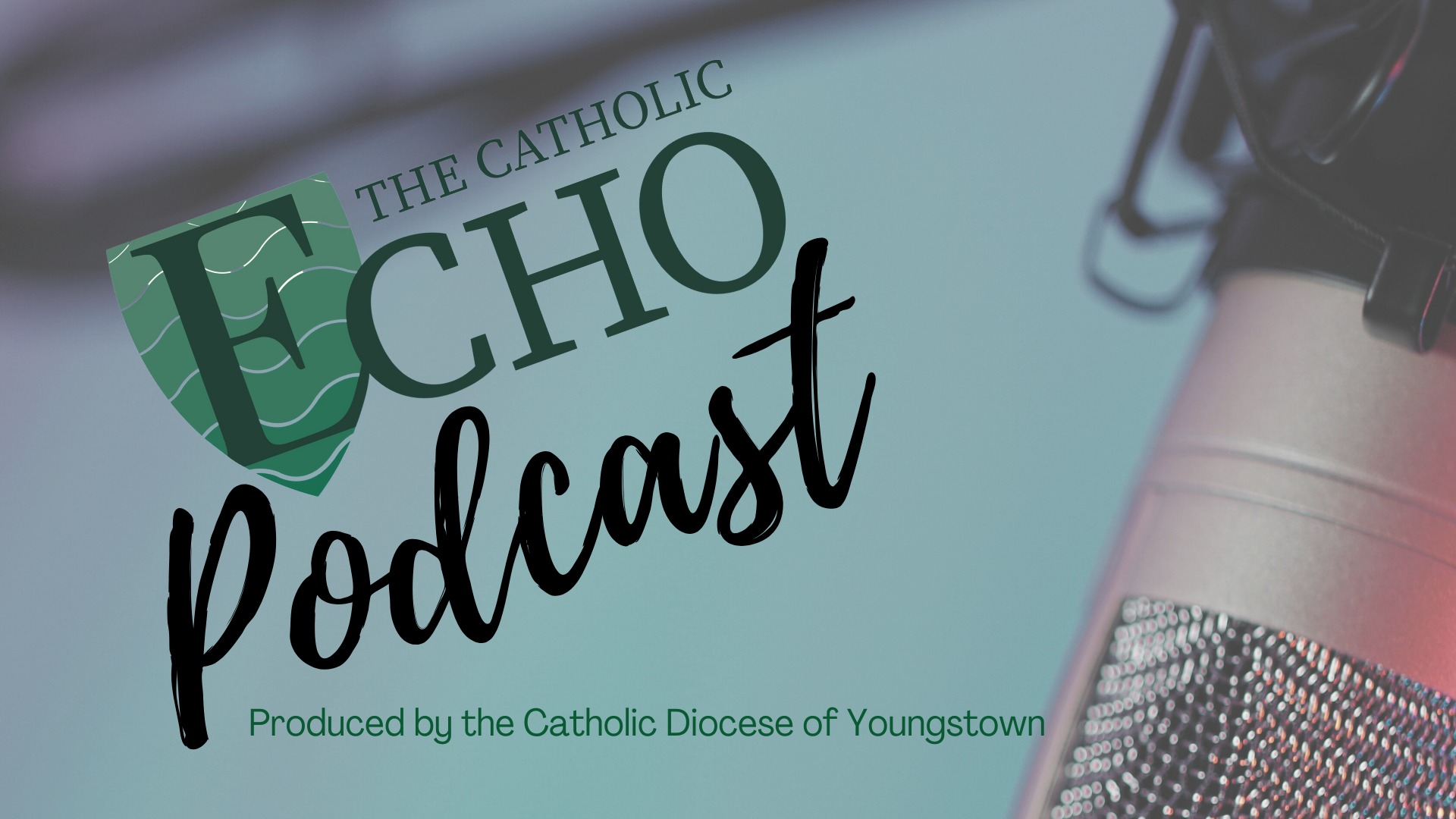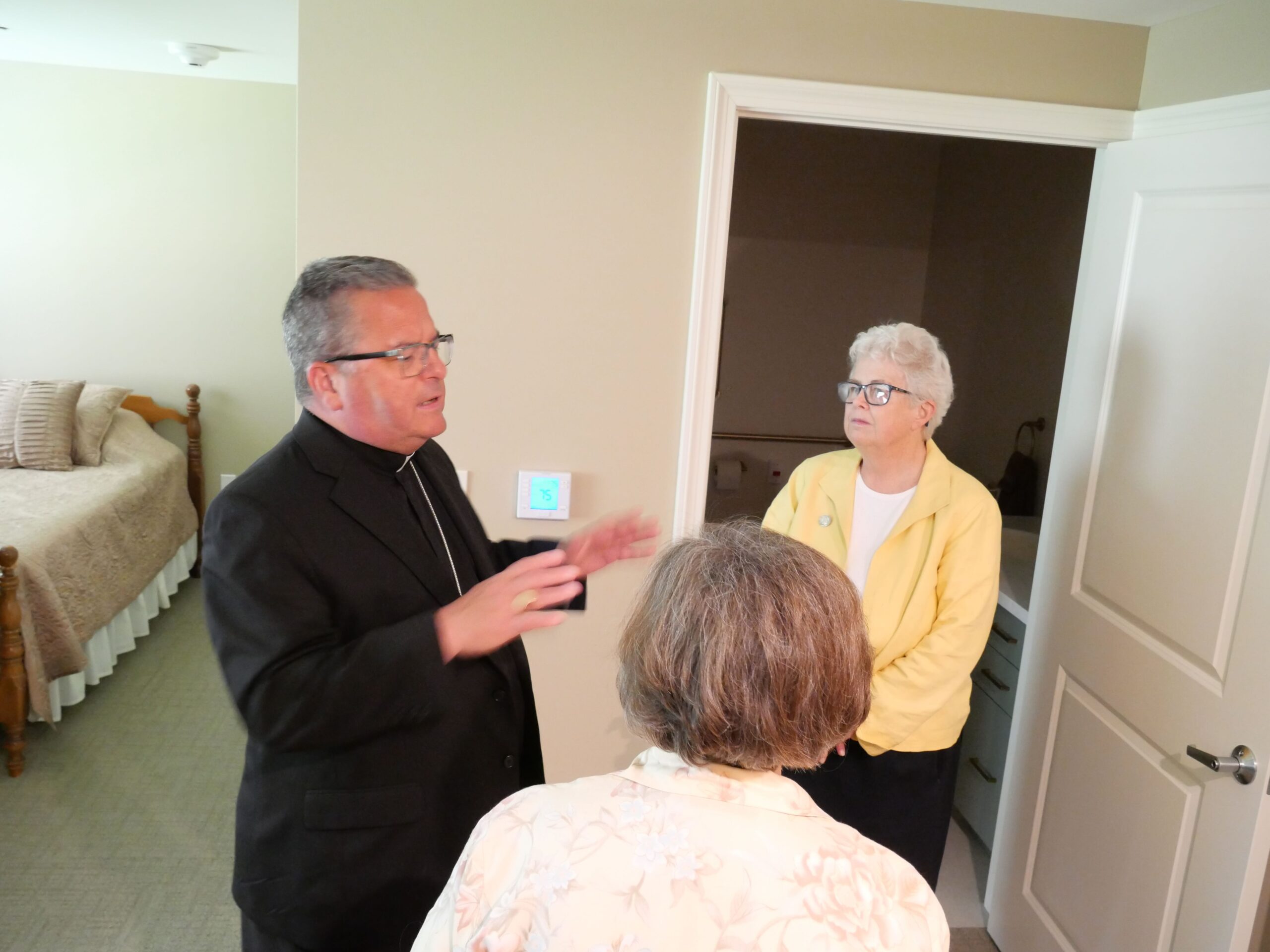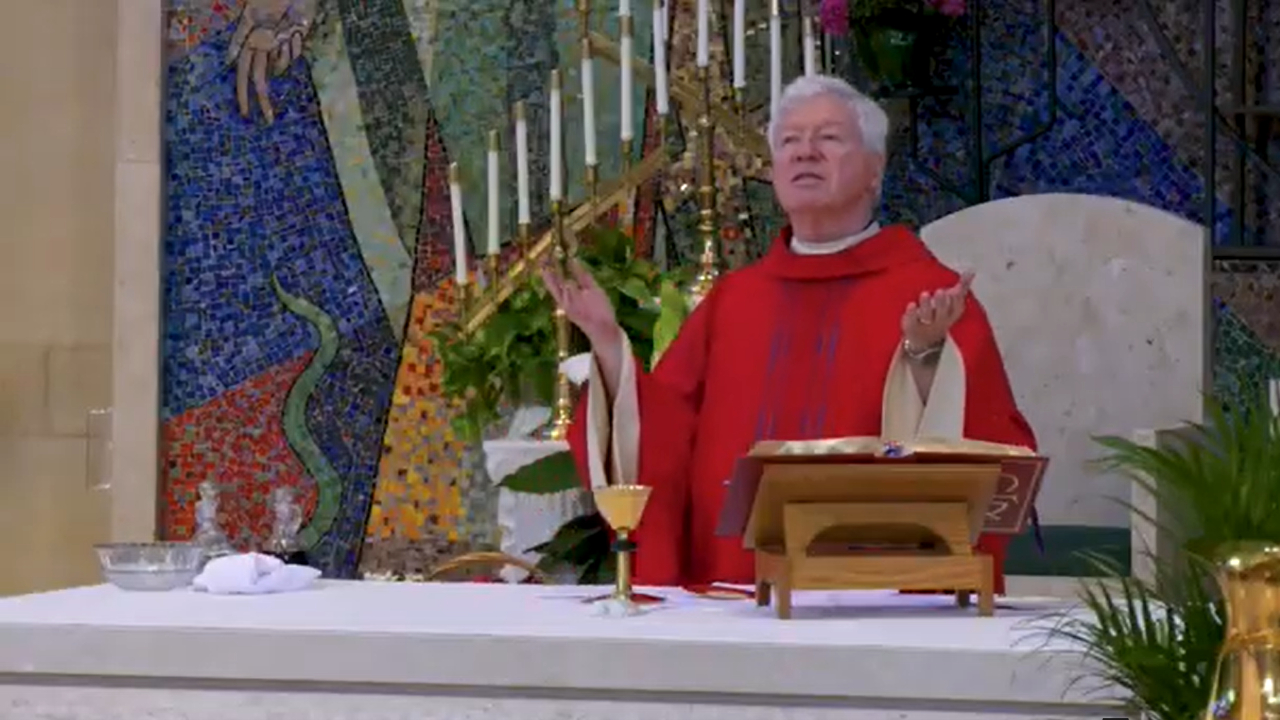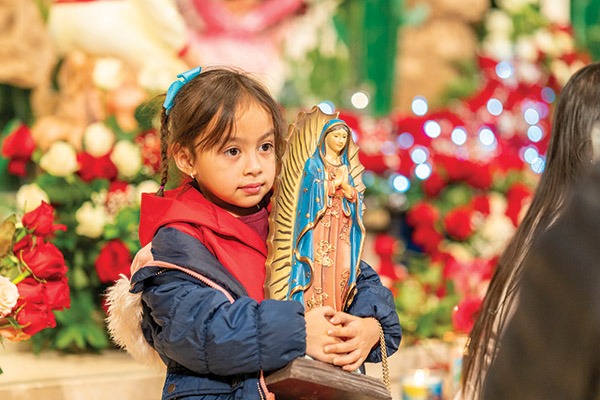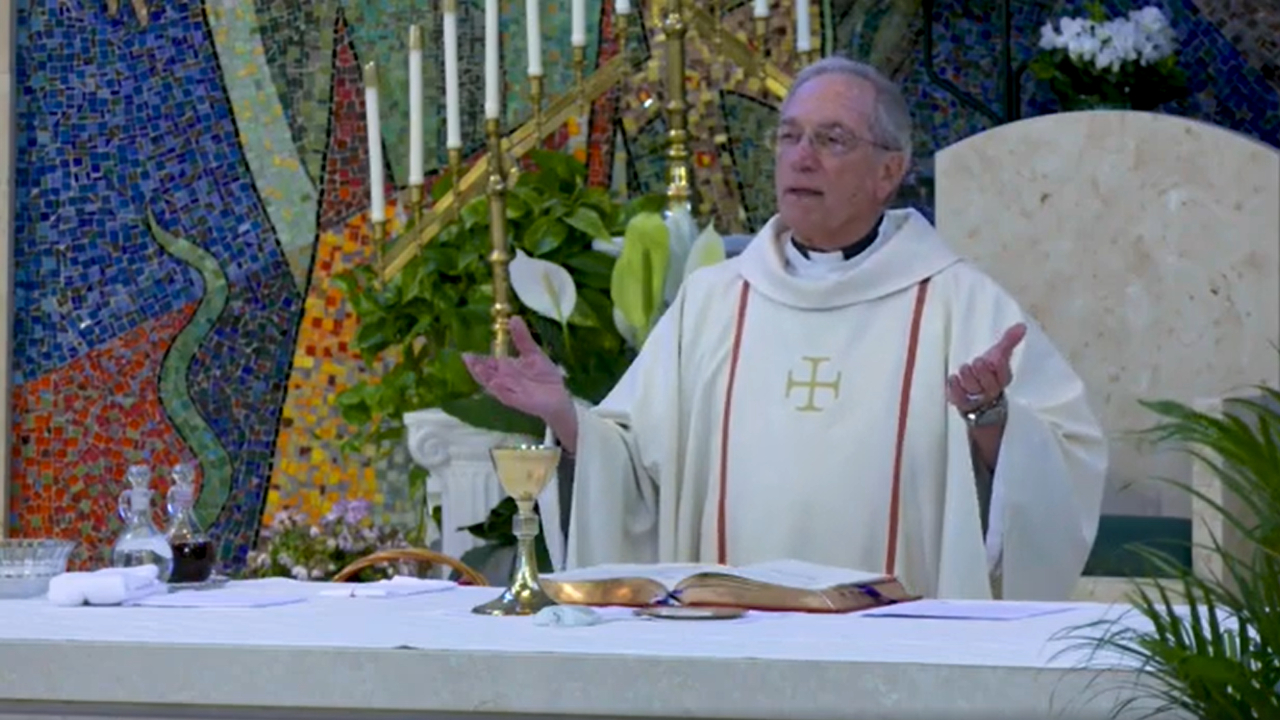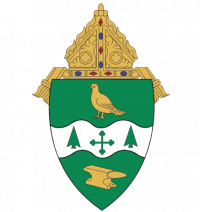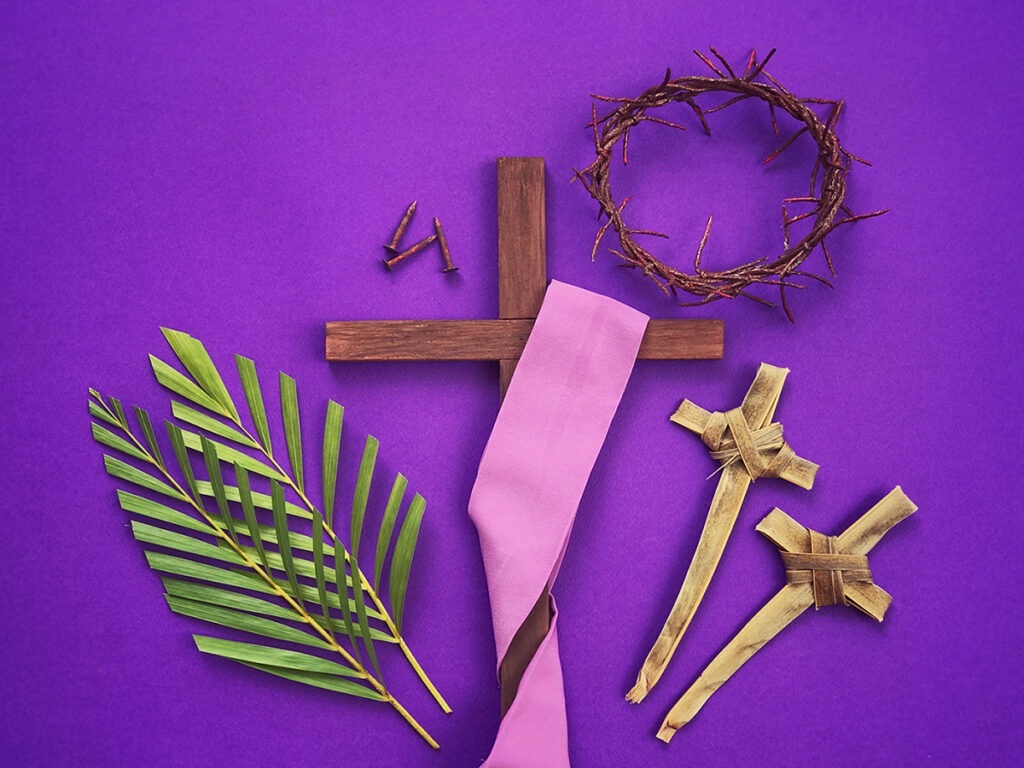
Time is a gift. Though the chronology of our existence is arbitrarily divided into seconds, minutes, hours, etc., the experience of our time on Earth is all grace—that is, all God’s gift. As the civil year is divided into 365 days to help us organize our civic lives, so too the Church divides those same 365 days in a way in which we might use time to worship God. This is called “the liturgical year.” And soon, the liturgical season of Lent will be fast (please excuse the pun) upon us. Here, you will find answers to common questions about the Church and the holy season of Lent.
Why does the Church need a liturgical year?
For ancient peoples, time was cyclical, ever-repetitious and predictable. This is understandable from their experiences of the nature cycles of day and night and the changing of the seasons. What Christianity adds to time is a linear understanding that time is not simply repetitious, but that it has direction—an end, if you will. The end, of course, is the Reign of God. As we move along time’s line—although in a cyclical fashion because we, too, repeat nature’s seasons as well as liturgical seasons—we are ever aware that time as we know it will come to an end, God’s reign will be established definitively and all sin and suffering will be destroyed. To help us keep our end in mind, the Church offers the various liturgical seasons each year, to help us focus on our spiritual lives amid the many expectations and exigencies of our everyday lives.
Why is Lent 40 days?
Many Christian religions limit revelation to the Bible. As is articulated in Vatican II’s document on revelation, Dei Verbum, Catholicism’s binary sources of revelation are Sacred Scripture and Tradition. Our celebration of Lent is based on the 40 days Jesus spent in the desert (paralleled with Israel’s wandering for 40 years in the desert)—both incidents are found in the Bible. With a biblical foundation, our Catholic Tradition begins this holy season with the giving of ashes and then lives out three traditional ways Lent is observed: fasting, increased prayer and almsgiving (all of which are referred to in the Gospel chosen for Ash Wednesday).
Lent has an interesting history. It does not always comprise 40 days. The first record of any observance of Lent comes from Saint Irenaeus, who lived in the second century. The original version of Lent was very short, yet very severe. Lent lasted 40 hours—not 40 days. It was a time for very restrictive fasting, very intense prayer and a special, heightened awareness of the needs of the poor. This version of Lent lasted from Good Friday afternoon until Easter morning. In the third century, there is evidence of Lent in the city of Alexandria, which lasted all of Holy Week. Later versions depict Lent as a duration of three weeks. The first official Church pronouncement about Lent came at the Council of Nicea (325 A.D.). Though it was not enforced on the whole Church, this version of Lent lasted six weeks. Slowly it developed into our present 40-day observance, mindful again of Jesus’ fasting in the desert.
Where does the word “Lent” come from?
The original meaning of the word Lent is “spring.” Lent, because it fell early in the year, became identified with spring. In the Old English, the word langten was really composed of two words as a base: “long” and “day.” Spring, of course, is when days (thankfully) become longer and brighter. Another theory is that our “Lent” comes from the German lenz, which was another name for Fruhling or “spring.” The Latin and Italian words which refer to Lent are Quadragesima and Quaresima respectively, both meaning “forty” and referring to Lent’s length of days.
Did everyone always celebrate Lent?
Lent at one time was only observed by a special group of people, the catechumens. These are the unbaptized adults who were seeking admission into the Church. Lent was a period of very special instruction and very intense, final preparation for baptism on Easter into Christ’s Paschal Mystery. When the Church once again embraced the Catechumenate—or as it is now called, the Order of Christian Initiation of Adults—Lent again reclaimed its significance as a time of special preparation for adults seeking Baptism (catechumens) and other already-baptized adults (candidates) who seek full admission (Eucharist and Confirmation) into the Church.
Why do we call Lent a “celebration?”
Note that I earlier referred to “our celebration of Lent.” In the past, Lent all too often has been perceived as a burden, or a time of darkness or sadness. Certainly, it has its serious side, but our observance of Lent is to “celebrate” what Jesus did for us in His life, death and rising. The day before Ash Wednesday affords us some insight into the season itself. This day in French, of course, is Mardi Gras or “Fat Tuesday,” a reference to the indulgence one might embrace before the penitential practices which are to ensue the following day. In the Latin languages, we have variations on the word “carnival,” from the Latin carne (“flesh”) and vale (“farewell”). Germans celebrate Fasching, a corruption of the Fastnacht, or night (vigil?) of the fast. Lent in German is referred to as “fastenzeit” or “time of fasting.” As we are able to celebrate the created material side of what it means to be human, so too in Lent we celebrate the spiritual side of what it means to be human and what Jesus did for us when Jesus became one of us.
What should we do during Lent?
The penitential side of Lent is to heighten the importance of self-denial; that is, to say “no” to what we would like (our human appetites), so that we might say “yes” to what God asks of us. The dying of self or the self-mortification of Lent, if you will, is a dying of bodily pleasures that we might rise to a more spiritual life in Jesus Christ. As mentioned previously, the three traditional penitential practices of Lent are increased prayer, fasting and almsgiving.
Prayer is our relationship with God. In Lent, our relationship with God is intensified and thus grows. Our praise adds nothing to God’s greatness but calls us to a deeper life in Christ. We are reminded that, “Prayer doesn’t change things: prayer changes people and they change things.” Fasting can mean any type of denial. Catholics abstain from meat on Ash Wednesday and all Fridays in Lent. Fasting traditionally means to eat only one regular meal and then two other meals that do not equal the one regular meal. Ash Wednesday and Fridays in Lent are days of fast.
There are many variations one may employ in observing a fast, and there are many reasons one fasts, as well. We fast in imitation of Jesus; we experience solidarity with our hungry sisters and brothers; it is a way to atone for our sins; and finally, we remind ourselves in a powerful way that our sustenance depends not on created things but on the Creator.
Finally, almsgiving affords the Christian an opportunity to put his or her money where his or her heart is—with the Lord who had a special place in the vision of God’s reign for those who suffer poverty.
Lent is a gift, a grace, an invitation to a deeper life with God. May we accept this gift of time, that it may advance us on our pilgrimage through this life to the life that never ends. A Blessed Lent to you.
This column was adapted from a story originally published in The Catholic Exponent on February 24, 1995.

